Known for its presence and fearsome reputation the king cobra (ophiophagus hannah) stands as a figure, in the realm of serpents. As the snake in existence it garners admiration not just for its size but also for its deadly venom and unique behaviors. This piece delves into the life, surroundings and distinctive traits of the king cobra uncovering why it truly holds sovereignty among all snakes.
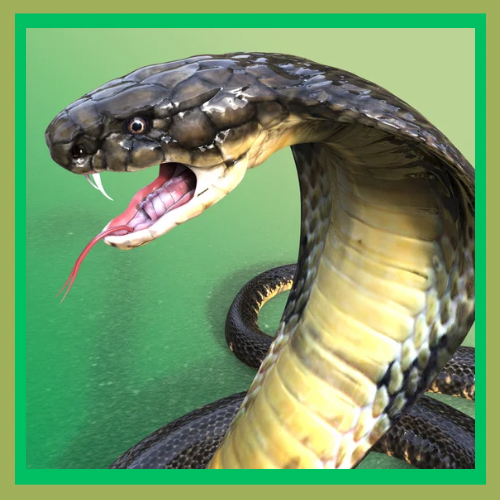
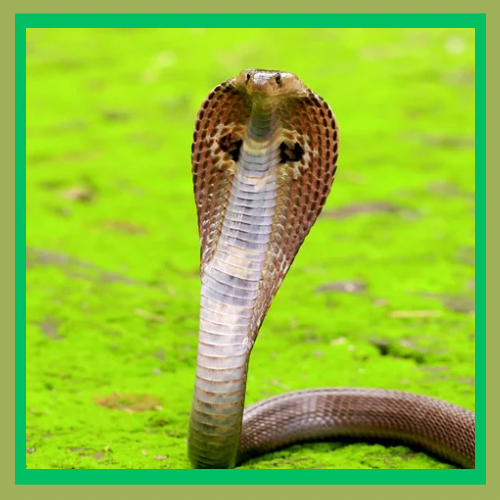
The Grandeur of the King Cobra
Physical Characteristics: King cobras stand out as giants among their kind of growing up to 18 feet (5.5 meters) in length. They sport a hood that they unfurl when feeling threatened adding to their imposing nature. Their coloring varies from olive green to black often adorned with bands along their bodies.
Toxin: The venom produced by the king cobra is a neurotoxin that can prove fatal with one bite to a human. Unlike other snakes king cobras inject a substantial amount of venom per bite swiftly incapacitating prey by targeting their nervous system.
Living Environment and Range
King cobras thrive in habitats spanning Southeast Asia, including regions such, as India, Indonesia, Malaysia, Myanmar, the Philippines and southern China.
They thrive in forests, bamboo thickets mangrove swamps and agricultural areas. Their ability to adapt allows them to live alongside populations though it can sometimes result in encounters.
Diet: The king cobra, known scientifically as ophiophagus hannah or “snake eater ” mainly feeds on snakes, both venomous and non venomous. They also consume lizards, birds and small mammals when needed. This dietary preference reduces competition with predators. Highlights their role as top predators in their habitats.
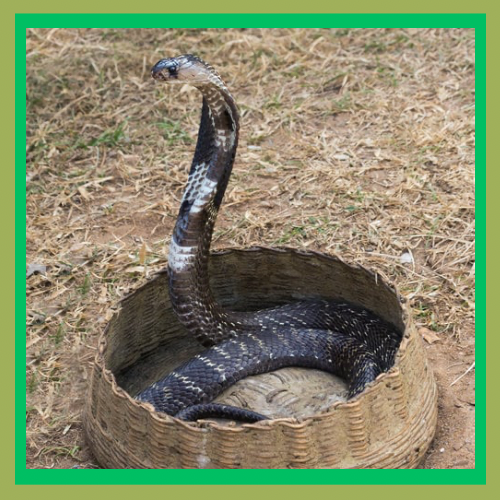
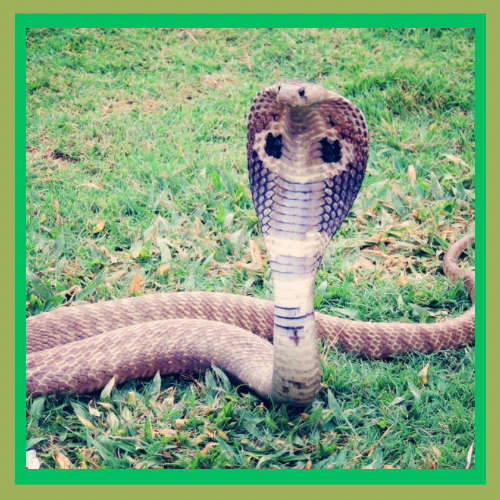
Reproduction: King cobras display behavior compared to other snakes. Females construct nests using leaves and vegetation where they lay up to 50 eggs. Interestingly the female fiercely guards the nest until the eggs hatch, a trait in the snake kingdom that enhances offspring survival.
Behavior: King cobras typically, try to avoid conflicts with humans. However, they can turn highly aggressive when threatened. They lift a portion of their body off the ground spread their hoods and emit a hiss as a warning signal to dangers.
Ecological Importance
King cobras are essential, for maintaining ecosystem balance. As predators they play a role, in maintaining the balance of snake and small animal populations preventing overcrowding and the potential spread of diseases. Their presence signifies a ecosystem.
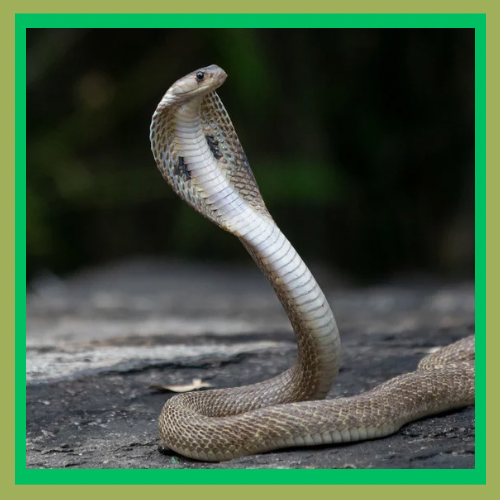
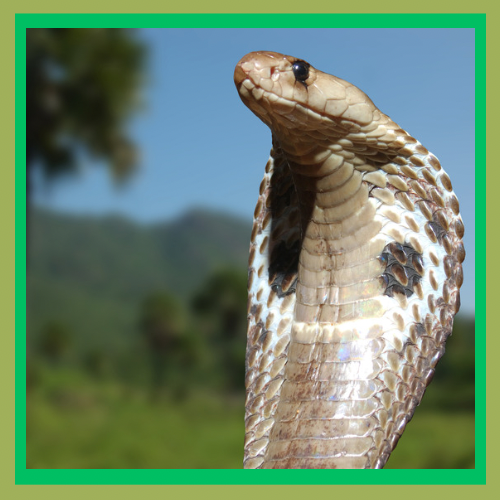
Conservation Status and Challenges
Despite their reputation king cobras are under threat due to habitat destruction illegal hunting and human intrusion. The illicit wildlife trade targets them for their skin, flesh and use in medicine. Furthermore deforestation and agricultural expansion are diminishing their habitats leading to frequent human snake interactions resulting in fear driven killings.
King cobras are categorized as Vulnerable on the IUCN Red List. It is imperative to implement conservation initiatives to safeguard their survival. This involves safeguarding their habitats implementing poaching measures and educating the public to mitigate unwarranted fear driven actions.
Human Encounters and Cultural Importance
Throughout history king cobras have been both, feared and worshipped in cultures. In Hindu mythology the cobra is linked with the deity Shiva often portrayed with a cobra coiled around his neck. In Asian societies the king cobra symbolizes power and protection.
Nevertheless interactions between humans and these majestic creatures are not always peaceful. The encroachment of settlements into cobra territories increases the likelihood of confrontations. Teaching communities about how to live alongside these reptiles is crucial.
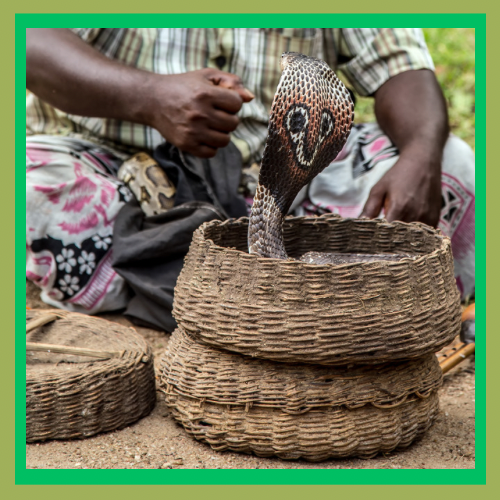
In summary: The King Cobras Rule
The king cobra showcases the beauty of nature. With its size, venom and distinctive behaviors it truly reigns as a majestic ruler, in the world of serpents. By gaining insight and admiration for the king cobra we can cultivate a reverence, for these creatures and strive towards their protection.
References
1. https://www.nationalgeographic.com/animals/reptiles/facts/king-cobra
2. https://nationalzoo.si.edu/object/nzp_NZP-20100120-35MM
3. https://www.iucnredlist.org/es/search/grid?taxonomies=100952&searchType=species
4. https://www.britannica.com/animal/king-cobra
5. https://www.ncbi.nlm.nih.gov/Taxonomy/Browser/wwwtax.cgi?id=8665
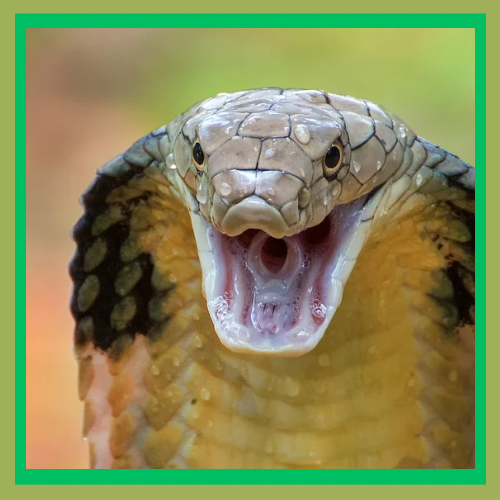


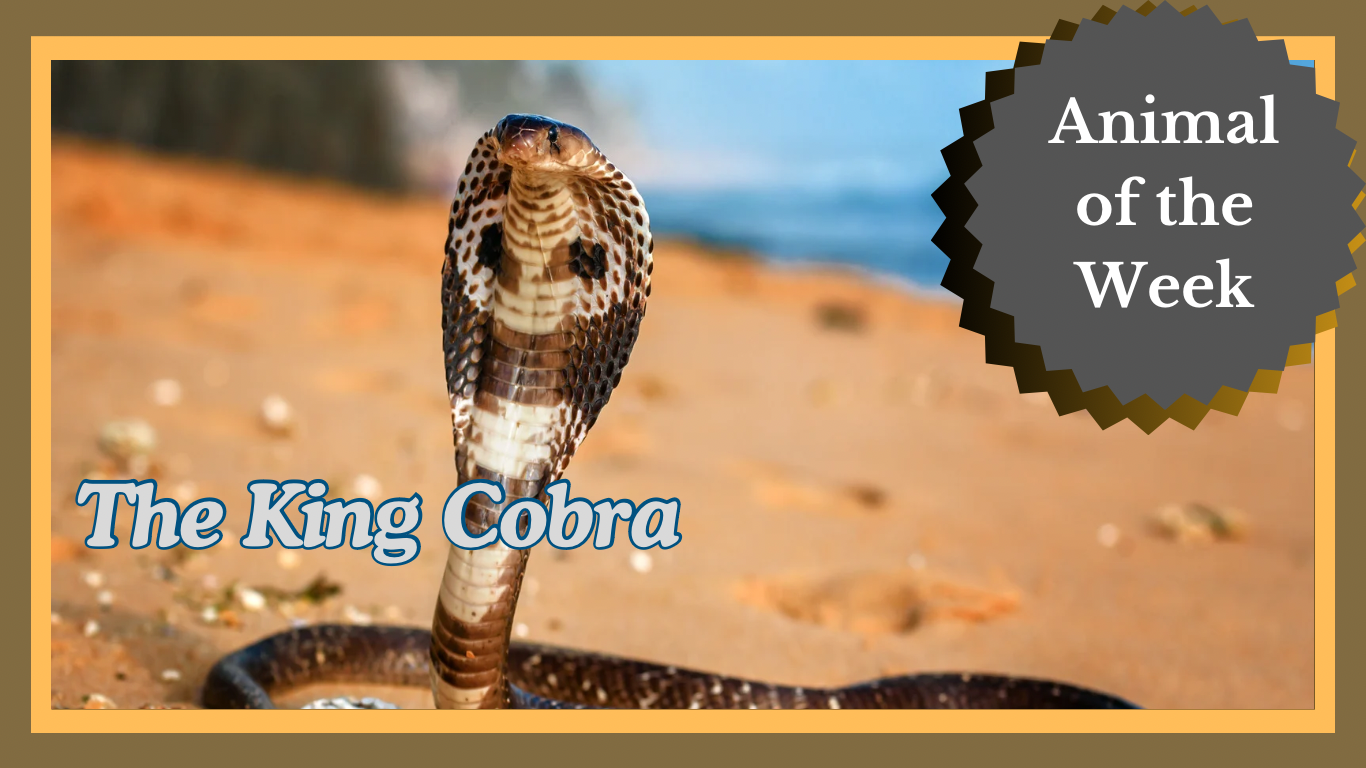


This is quality work regarding the topic! I guess I’ll have to bookmark this page.
Thanks for sharing. I read many of your blog posts, cool, your blog is very good.
Pretty nice post. I just stumbled upon your blog and wanted to say that I have truly enjoyed surfing around your blog posts. After all I抣l be subscribing to your feed and I hope you write again very soon!
As I web-site possessor I believe the content matter here is rattling wonderful , appreciate it for your hard work. You should keep it up forever! Good Luck.
Hola! I’ve been following your weblog for some time now and finally got the courage to go ahead and give you a shout out from Porter Tx! Just wanted to say keep up the fantastic job!
Thank you!!! ❤️
I am commenting to let you understand of the great discovery my cousin’s girl gained studying your webblog. She realized a good number of details, not to mention how it is like to have a great coaching spirit to get others clearly understand selected hard to do matters. You truly exceeded our own desires. Many thanks for rendering the great, healthy, revealing and cool tips on the topic to Emily.
You’ve the most impressive websites.
Good web site! I truly love how it is easy on my eyes and the data are well written. I am wondering how I could be notified whenever a new post has been made. I’ve subscribed to your RSS which must do the trick! Have a nice day!
Thanks for sharing. I read many of your blog posts, cool, your blog is very good.
Thank you for writing this article. I appreciate the subject too.
Great content! Super high-quality! Keep it up!
You made some clear points there. I did a search on the subject matter and found most persons will approve with your website.